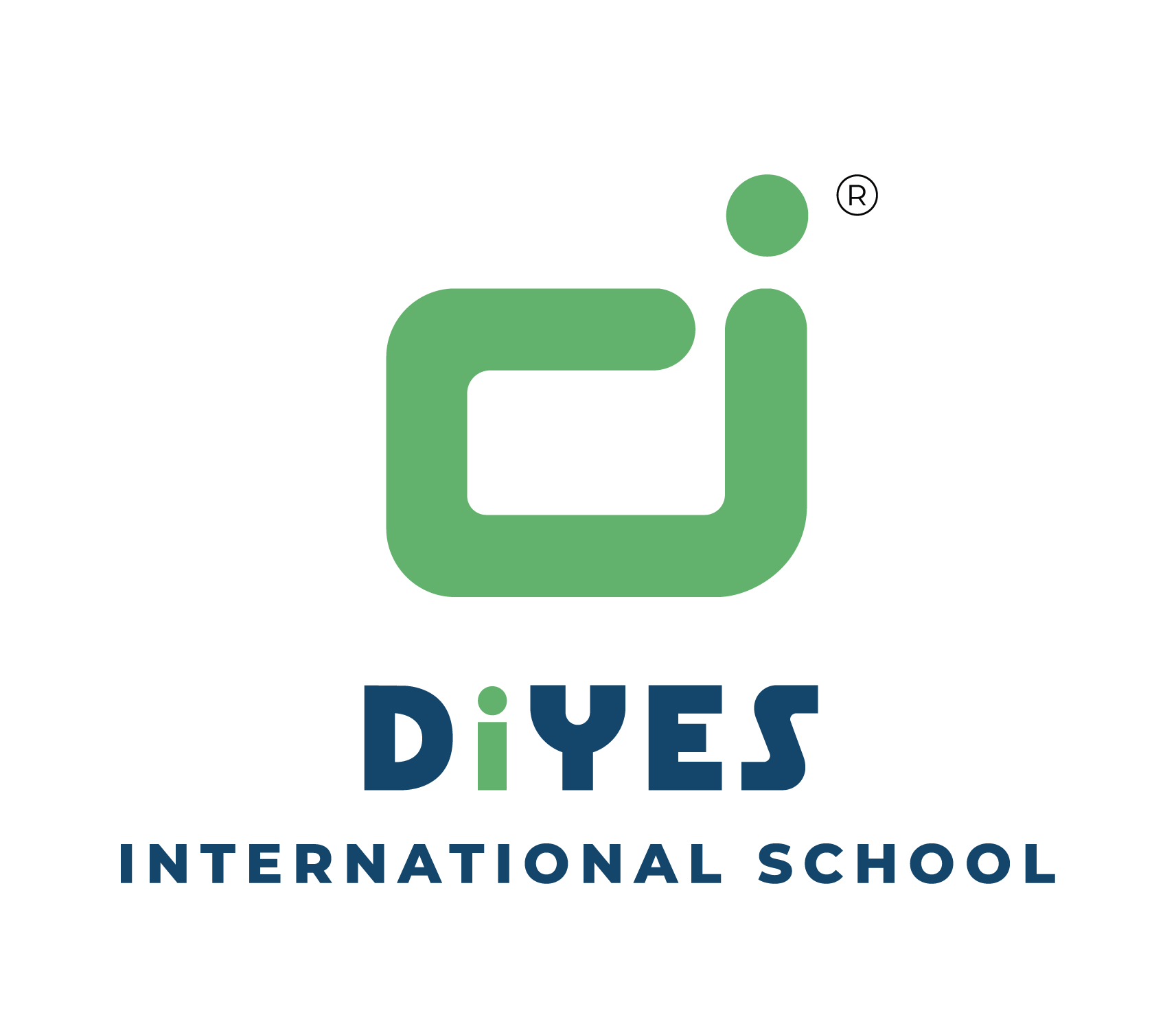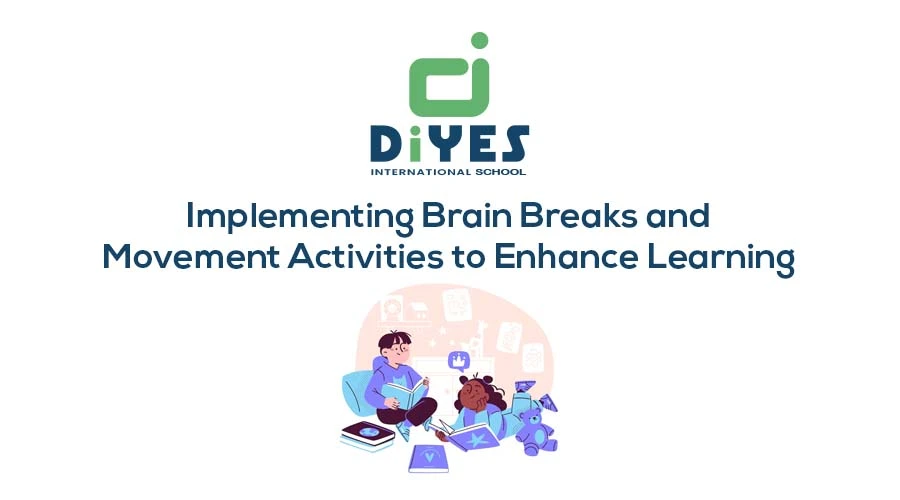In today’s educational landscape, where academic rigor often takes precedence, integrating brain breaks and movement activities is increasingly recognized as essential for enhancing learning outcomes. Understanding what is a brain break can illuminate their importance. Amidst the demands of standardized curricular and digital distractions, the role of movement in learning cannot be overstated. Recognizing why are brain breaks important for students helps highlight their value.

Research indicates that incorporating brain breaks and movement activities into daily routines not only improves academic performance but also enhances cognitive functions such as attention, memory, and creativity. This blog explores the significance of incorporating these strategies in educational settings and provides practical tips for educators and parents alike. By understanding the cognitive benefits and implementing effective brain breaks, educators can discover how movement optimizes learning experiences and promotes overall well-being.
The Cognitive Benefits of Brain Breaks
Brain breaks are short, structured pauses in learning activities designed to give students a mental rest and enhance cognitive processing. Here’s a deeper look into the cognitive benefits of incorporating brain breaks in educational settings.
- Enhancing Focus and Attention: Regular brain breaks help students maintain focus and sustain attention during learning tasks. By allowing brief periods of relaxation, these breaks prevent cognitive fatigue and improve overall concentration.
- Improving Memory Retention: Movement and physical activity stimulate brain regions responsible for memory formation and retention. Integrating movement-based activities during breaks can help reinforce learning and enhance long-term memory.
- Boosting Creativity and Problem-Solving Skills: Brain breaks encourage divergent thinking and creativity by providing opportunities for students to relax and reflect. This mental reset nurtures new perspectives and innovative solutions to academic challenges.
- Promoting Emotional Regulation: Movement activities during brain breaks help regulate emotions and reduce stress levels. Physical exercise triggers the release of endorphins, promoting a positive mood and improving overall well-being.
By understanding and leveraging the cognitive benefits of brain breaks, educators can create a supportive learning environment that enhances student engagement, improves academic performance, and nurtures holistic development.
Effective Strategies for Implementing Brain Breaks
Implementing effective brain breaks requires thoughtful planning and consideration of students’ needs and learning objectives. Explore practical strategies for integrating brain breaks seamlessly into daily routines.
- Incorporating Variety and Choice: Offer a variety of brain break activities that cater to different preferences and interests. Allow students to choose from options such as stretching exercises, mindfulness activities, or quick energizers to promote autonomy and engagement.
- Timing and Frequency: Schedule brain breaks strategically throughout the day to coincide with natural breaks in learning or transitions between subjects. Aim for short breaks every 30-60 minutes to maintain optimal cognitive functioning and attention span.
- Aligning Activities with Learning Goals: Design brain breaks that reinforce academic concepts or skills taught in class. For example, incorporate movement-based games that review math facts or vocabulary words, linking physical activity with cognitive reinforcement.
- Creating a Positive Classroom Culture: Use brain breaks as opportunities to build camaraderie and social connections among students. Encourage teamwork and collaboration during group activities, nurturing a supportive classroom environment.
In essence, by implementing diverse and purposeful brain breaks, educators can enhance student engagement, promote active learning, and create a positive classroom culture that supports academic achievement and well-being.
Movement Activities to Enhance Learning Outcomes
Movement activities go beyond traditional brain breaks to incorporate physical exercise and kinaesthetic learning into the curriculum. Discover innovative ways to integrate movement into educational settings to optimize learning outcomes.
- Kinaesthetic Learning Strategies: Use movement-based techniques such as acting out historical events, conducting science experiments, or using manipulatives in math to engage students kinaesthetically. These hands-on activities reinforce concepts through physical experience.
- Physical Activity Breaks: Integrate short bursts of physical exercise, such as jumping jacks, yoga poses, or dance routines, to energize students and improve blood flow to the brain. Physical movement enhances alertness and readiness for learning.
- Outdoor Learning Experiences: Take learning outside the classroom with nature walks, scavenger hunts, or outdoor games that incorporate academic content.

Outdoor environments stimulate sensory exploration and creativity, providing a refreshing change of pace.
- Mindfulness and Relaxation Techniques: Teach students mindfulness practices such as deep breathing exercises, guided imagery, or progressive muscle relaxation during movement breaks. These techniques promote stress reduction and emotional well-being.
In conclusion, by integrating diverse movement activities into the learning process, educators can cater to different learning styles, enhance retention of information, and nurture a holistic approach to education that supports physical, emotional, and cognitive development.
Integrating Technology in Brain Breaks and Movement Activities
In the digital age, technology can be a valuable tool for integrating brain breaks and movement activities into educational settings. Explore innovative ways to leverage technology to enhance learning outcomes and engage students through interactive and digital experiences.
- Interactive Brain Break Apps and Games: Utilize educational apps and online games that incorporate movement and brain exercises. These interactive tools can range from virtual scavenger hunts to fitness challenges, encouraging students to stay active while reinforcing academic skills.
- Virtual Field Trips and Experiences: Take students on virtual field trips or immersive experiences that combine learning with physical movement. Virtual reality (VR) and augmented reality (AR) applications can transport students to historical landmarks, natural habitats, or scientific phenomena, providing a multisensory learning experience.
- Gamification of Learning: Integrate gamification elements into brain breaks and movement activities to increase engagement and motivation. Use digital platforms that reward students for participation and achievement, encouraging healthy competition and collaborative problem-solving.
- Online Fitness and Yoga Sessions: Offer online fitness classes or yoga sessions during brain breaks, led by qualified instructors. Virtual sessions can cater to different fitness levels and preferences, promoting physical activity and mindfulness in a virtual learning environment.
By integrating technology into brain breaks and movement activities, educators can harness the power of digital tools to create dynamic and immersive learning experiences that enhance engagement, stimulate cognitive development, and nurture a love for lifelong learning.
Assessing Impact and Adjusting Strategies
Continuous assessment and adaptation of brain breaks and movement activities are essential to gauge their effectiveness and ensure alignment with educational goals. Explore strategies for assessing impact and refining approaches based on student feedback and learning outcomes.
- Gathering Student Feedback: Solicit feedback from students on their experiences with brain breaks and movement activities. Use surveys, polls, or class discussions to gather insights into what activities resonate most with them and how they perceive the impact on their learning.
- Analysing Academic Performance: Monitor academic performance metrics, such as test scores, participation rates, and attention spans, before and after implementing brain breaks and movement activities.

Analyze data to identify trends and correlations between physical activity breaks and learning outcomes.
- Collaborating with Peers and Experts: Engage in professional collaboration with fellow educators, school administrators, or educational researchers to share best practices and insights on integrating brain breaks into the curriculum. Attend workshops, conferences, or webinars focused on brain-based learning strategies.
- Adjusting Strategies Based on Feedback: Use assessment data and feedback to refine and adjust brain break activities to better meet the needs and preferences of students. Tailor activities to align with curriculum objectives, student interests, and learning styles, ensuring maximum impact on academic and cognitive development.
In conclusion, by systematically assessing the impact of brain breaks and movement activities, educators can make informed decisions to optimize learning experiences, improve student engagement, and nurture a supportive learning environment that nurtures academic success and overall well-being.
Conclusion
The integration of brain breaks and movement activities in educational settings represents a pivotal strategy for optimizing learning experiences and promoting holistic student development. By incorporating regular brain breaks, educators provide students with essential moments of respite that are crucial for maintaining attention, enhancing cognitive processing, and preventing mental fatigue. These short, structured breaks not only rejuvenate students but also contribute to improved focus, memory retention, and overall academic performance. By nurturing a supportive environment where movement is incorporated as a tool for learning, educators cultivate classrooms that prioritize both physical and mental well-being.
Furthermore, movement activities play a significant role in enhancing learning outcomes by engaging students kinaesthetically and promoting active participation. Whether through physical exercises, kinaesthetic learning strategies, or interactive technology, movement stimulates brain function, improves mood, and supports social-emotional development. Integrating these activities into the curriculum not only enhances physical health but also nurtures creativity, problem-solving skills, and teamwork among students. By nurturing an inclusive learning environment that values movement and physical activity, educators empower students to learn through exploration, collaboration, and experiential learning.
Moving forward, the continued integration of brain breaks and movement activities requires ongoing commitment and adaptation to meet the evolving needs of students and educators alike. It is essential for schools and educational institutions to prioritize professional development, collaborate on best practices, and leverage technological advancements to enhance the effectiveness of these strategies. By investing in research-backed approaches and listening to feedback from students and stakeholders, educators can refine their implementation of brain breaks and movement activities to maximize their impact on student engagement, academic achievement, and overall well-being.
At DiYES International School, we are committed to integrating innovative educational practices that promote holistic development and academic excellence. Through our personalized learning approach, we incorporate brain breaks, movement activities, and technology-enhanced learning experiences into our curriculum to nurture critical thinking, creativity, and well-rounded growth in our students. By nurturing a supportive environment where movement is incorporated as a catalyst for learning, we empower students to explore their interests, expand their horizons, and achieve their full potential.
To learn more about DiYES International School and our commitment to innovative education, visit our website at www.diyesinternational.edu.in or contact us at +918547609000.


